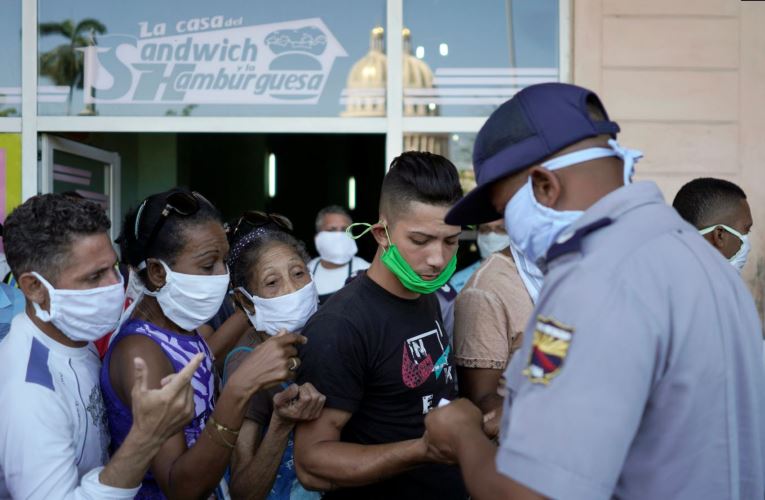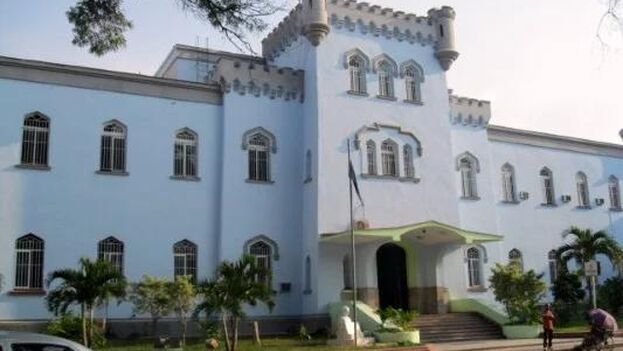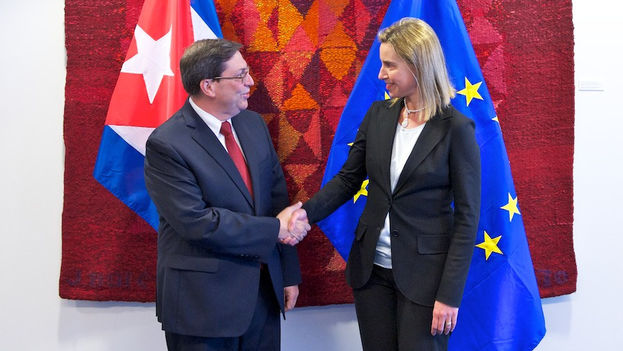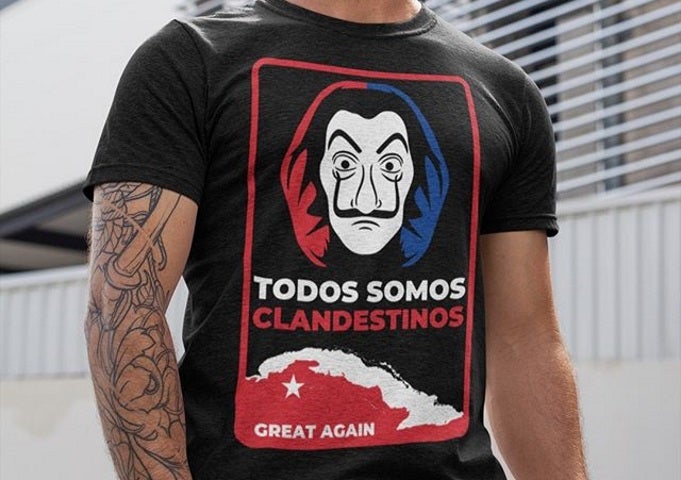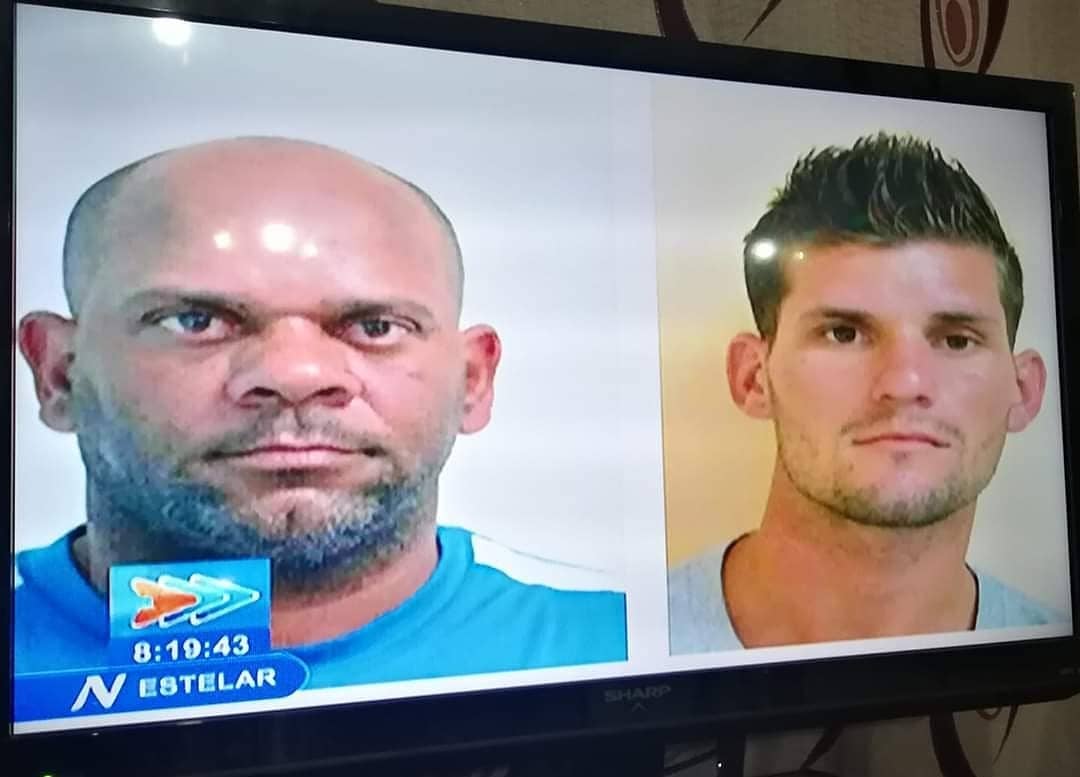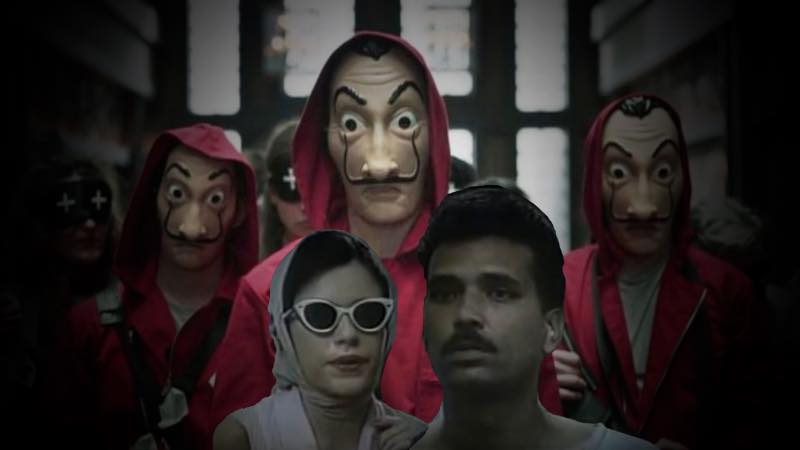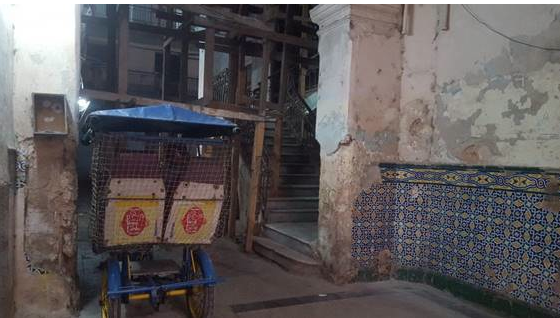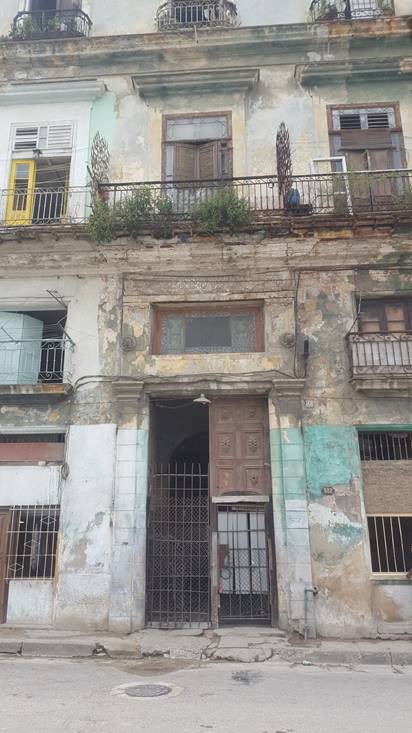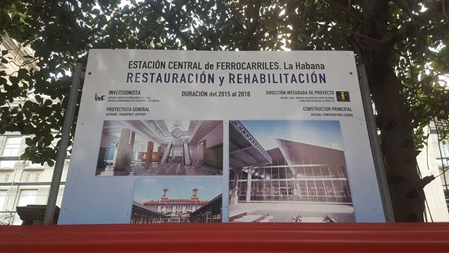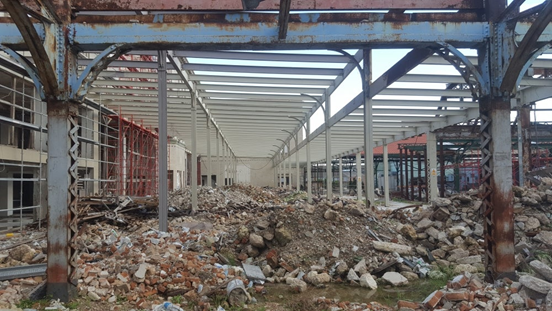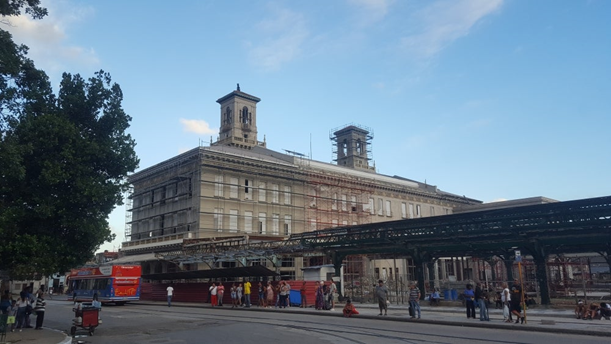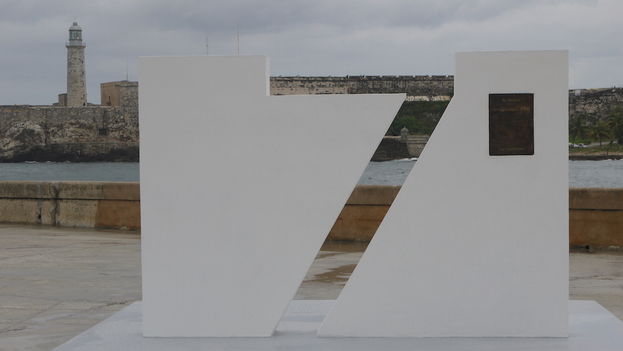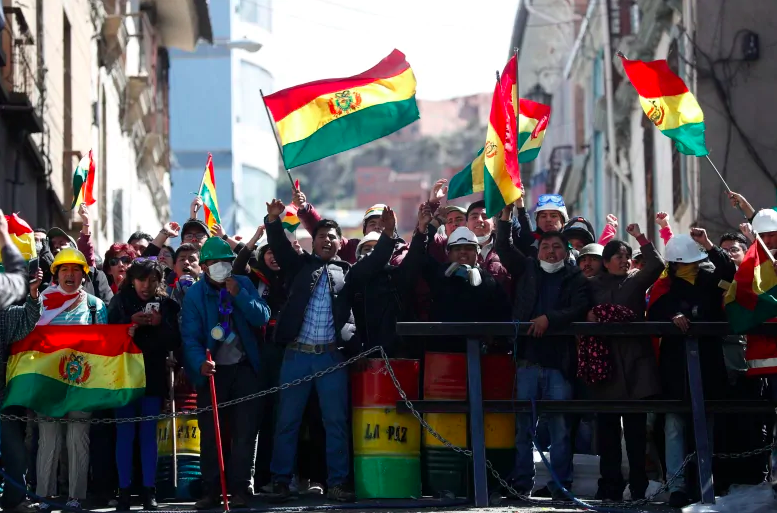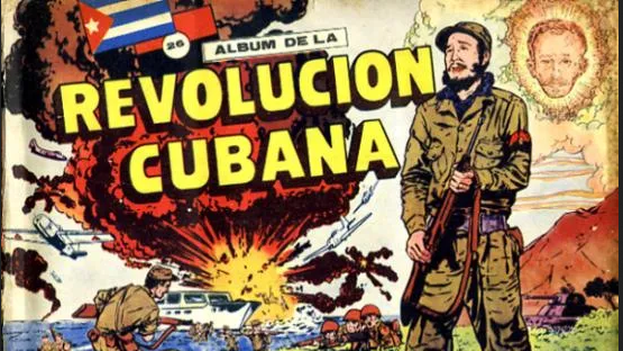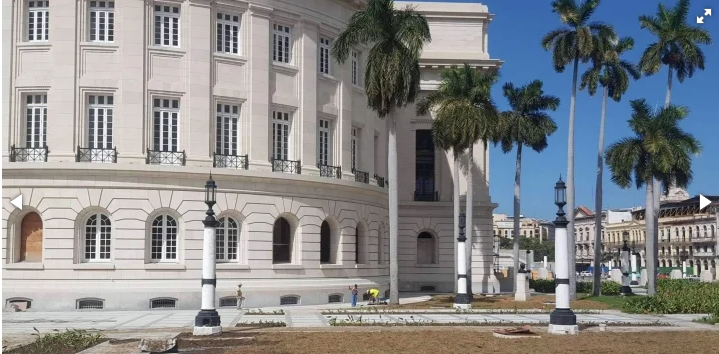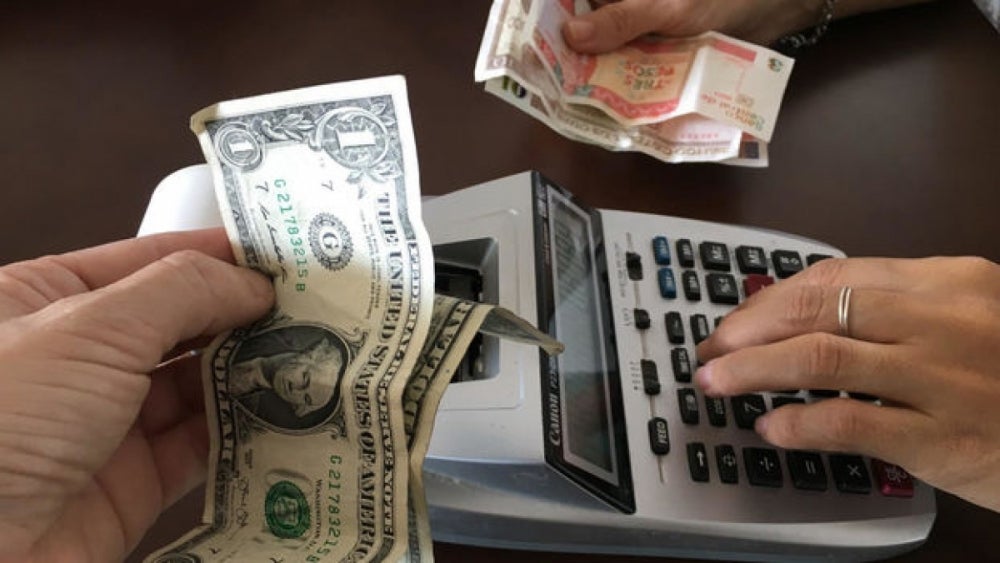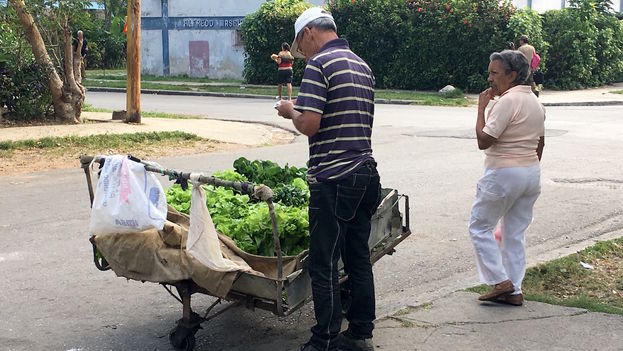
![]() 14ymedio, Miriam Celaya, Havana, 3 June 2020 – Very early in the morning, Yasmani gulped down his usual sip of coffee before going out into the street with his cart to sell fruits and other agricultural products in the municipality of Centro Habana. He did not imagine that this would be his last working day in the time of Covid-19, which continues to hit the Cuban capital.
14ymedio, Miriam Celaya, Havana, 3 June 2020 – Very early in the morning, Yasmani gulped down his usual sip of coffee before going out into the street with his cart to sell fruits and other agricultural products in the municipality of Centro Habana. He did not imagine that this would be his last working day in the time of Covid-19, which continues to hit the Cuban capital.
Yasmani was one of the few cart vendors licensed by Cuba’s National Tax Administration Office (Onat) who, for over a decade, had managed to survive harassment, confiscations during police operations, temporary arrests, extortion by inspectors and whatever abuse the authorities have committed against this reviled niche of the private sector, euphemistically baptized as “self-employed.”
Yasmani is the typical merchant known among Cubans as a ‘fighter’. He is persevering, intelligent and a hard-working man, someone who occasionally “gets his foot on the door” and is always “up and about,” able to bounce back from calamity time and time again, and in a short time sneak back into the complicated trade network of the Cuban capital, always in a fragile balance between what is allowed, what is accepted, what is illegal and what is prohibited. continue reading
This pragmatic entrepreneur came to possess two rolling devices for selling his merchandise, which were quickly confiscated by the police and because of which he was on the verge of losing his license and going to trial.
Years back, there were better times for this empirical entrepreneur, who came to possess two rolling devices for the sale of his merchandise. The carts were soon confiscated by the police and he almost lost his license and went to court, accused of “illicit enrichment”. He came out of that and other shocks thanks to the usual procedure: placing generous and timely bribes in the appropriate pockets.
Yasmani has always managed to make his cart one of those with the best assortment in his neighborhood, and also the one selling the best quality products of its kind, thanks to his longstanding contacts with private suppliers and his astuteness to duly justify each and every one items of merchandise.
This has been the way in which this young family man has earned a living, between mishaps with the authorities and brief periods of relative peace, and has pursued his and his family’s livelihoods. Until that fateful morning, while he was waiting on a customer and he saw a vehicle from the Revolutionary Armed Forces Prevention Corps – popularly known as “red berets” – slowly approaching, straight for him.
“At first, I thought they were going to ask me for directions or something like that, but I immediately noticed a bad attitude and knew that they were coming against my business. I have already had so many problems with inspectors, corrupt police and almost as many insolent officials as there are in this country that I was not surprised that these people also came to take a slice off me. But what I did not imagine is that they were going to treat me with so much bullying,” shares Yasmani.
I have already had so many problems with inspectors, corrupt police and almost as many insolent officials as there are in this country that I was not surprised that these people also came to take a slice off me
Two young men “with awful dog faces” got out of the vehicle and, without a greeting or explanation, told him that he had to collect everything and leave. “Selling is forbidden, and you know that; don’t be a smart ass.”
The small merchant’s complaining or his insistence on trying to find out what the correct answer to such arbitrary response was, remained unanswered. Why had the Onat not informed him of the business closing, or whether it was a temporary provision related to some strategy around Covid-19 and its significant incidence in Central Havana. In particular, Yasmani wanted to know why it was the Army Prevention Forces and not the common police who were targeting a civilian like him, since the country was not at war and without a curfew or any another extraordinary measure having been declared by the highest authority.
Far from receiving any explanation, his questions only succeeded in further irritating the military men. The one who seemed the least young of them confronted him, with an attitude between menacing and mocking, as he cast fierce glances at the customers and neighbors who had gathered at the location. “Ah, are you going go crazy and act like a fighting cock? Are you a ‘leader’ in this neighborhood? Don’t you don’t know that there is an emergency in the country and the Army is in charge of everything? Where do you live? Let’s see?”
Yasmani pointed him towards the nearby building where he has resided since he was born. “I live there, where that balcony is, with the hanging diapers, which belong to my son whom I have to feed. And no, I have not heard of any emergency. They haven’t even mentioned that in the news.”
The military man did not flinch. “Well, it is better that you live nearby, so it won’t be too much trouble for you to take away all of this. And when it happens again, if you haven’t, we are going to take you and then it won’t be to your house.” After that final bravado, the repressors left arrogantly, visibly proud of the awe they had awakened among the witnesses of that infamous scene. Some supportive neighbors helped the incensed merchant carry his tiny rolling agricultural-market home and assisted him in storing his produce.
“Well, it is better that you live nearby, so it will not be too hard for you to take away all of this. And the next time it happens, if you haven’t left, we will take you and then it will not to your house”
Since then, Yasmani and the rest of the few cart drivers who barely kept selling their products through thick and thin have disappeared from the intricate landscape of Central Havana without an Onat official having come forward to explain or to tell them if, at any unknown date they will be able to return to their activities of earning a living and punctually paying their taxes to the treasury.
“It is of no use that we pay taxes and social security or that no union has been invented for this sector. Self-employed workers do not have labor rights and we do not receive cash aid as is guaranteed to the state sector, possibly with the same funds that we contribute to the treasury”, complains Yasmani. And he adds: “What they are doing with this is forcing me to return to the black market, to contraband, to illegality, because my family is not going to starve.” So I ask him what he plans to do and his answer is blunt: “Whatever it takes.”
Thus, from one official ineptness to another, social unrest continues to grow. And now, as if the police deployment that has enthroned itself in public spaces of the Cuban capital in recent months were not enough, the Army’s repressive bodies now come to directly join the repression against civilians without the existence of an extraordinary official statement to justify such an excess of its functions and powers. Citizen defenselessness widens and expands in direct relation to the deepening of the general crisis of the system.
Betsy Díaz Velázquez said that “the established retail networks, both state-owned and self-employed, would be taken advantage of, including the points of sale of the so-called cart vendors”
Not only are we facing the serious combination of an irreparable economic crisis, aggravated by an epidemic which has not officially been recognized, but the country is also heading, decapitated and without compass, precariously commanded by a group of improvised cabin boys who at any cost try to hold onto the cover of the vessel on the brink of being shipwrecked.
The country’s top leadership has again demonstrated its inability to meet its own minimum guidelines. Suffice it to recall that on March 20th, in a special appearance on The Roundtable TV program, the Minister of Internal Trade, Betsy Díaz Velázquez, declared that – with a view to expanding the sale of agricultural products and avoiding the concentration of people at fairs and agricultural markets – “would take advantage of established retail networks, both state and self-employed, including the points of sale of the so-called cart vendors.” This would not only optimize food distribution, but would bring them closer to the population.
Behold, just over two months after such resolves were announced, food is increasingly moving away from the tables, and uncertainty and hunger are looming over Cuban households. Things are very bad if the government’s response to the crisis is the multiplication of the repressive forces and the army on the streets. In these times of frustration and hopelessness the lords of power could not send us a worse message.
Translated by Norma Whiting
____________________
COLLABORATE WITH OUR WORK: The 14ymedio team is committed to practicing serious journalism that reflects Cuba’s reality in all its depth. Thank you for joining us on this long journey. We invite you to continue supporting us by becoming a member of 14ymedio now. Together we can continue transforming journalism in Cuba.

